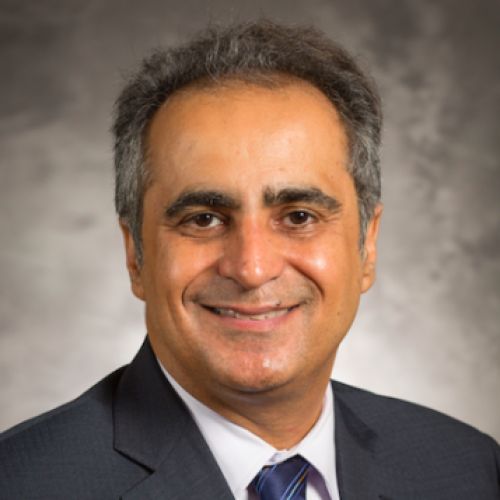Space-time codes for high data rate wireless communication: Performance criteria
Publication
, Journal Article
Tarokh, V; Seshadri, N; Calderbank, AR
Published in: IEEE International Conference on Communications
January 1, 1997
We consider the design of channel codes for improving the data rate and/or the reliability of communications over fading channels using multiple transmit antennas. Here, data is encoded by a channel code and the encoded data is split into n streams that are simultaneously transmitted using n transmit antennas. The received signal at each receive antenna is a linear superposition of the n transmitted signals. We derive performance criteria for designing channel codes under the assumption that the fading is slow and frequency non-selective. Performance is shown to be determined by diversity gain quantified by ranks and coding gain quantified by determinants of certain matrices that are constructed from the code sequences.
Duke Scholars
Published In
IEEE International Conference on Communications
Publication Date
January 1, 1997
Volume
1
Start / End Page
299 / 303
Citation
APA
Chicago
ICMJE
MLA
NLM
Tarokh, V., Seshadri, N., & Calderbank, A. R. (1997). Space-time codes for high data rate wireless communication: Performance criteria. IEEE International Conference on Communications, 1, 299–303.
Tarokh, V., N. Seshadri, and A. R. Calderbank. “Space-time codes for high data rate wireless communication: Performance criteria.” IEEE International Conference on Communications 1 (January 1, 1997): 299–303.
Tarokh V, Seshadri N, Calderbank AR. Space-time codes for high data rate wireless communication: Performance criteria. IEEE International Conference on Communications. 1997 Jan 1;1:299–303.
Tarokh, V., et al. “Space-time codes for high data rate wireless communication: Performance criteria.” IEEE International Conference on Communications, vol. 1, Jan. 1997, pp. 299–303.
Tarokh V, Seshadri N, Calderbank AR. Space-time codes for high data rate wireless communication: Performance criteria. IEEE International Conference on Communications. 1997 Jan 1;1:299–303.
Published In
IEEE International Conference on Communications
Publication Date
January 1, 1997
Volume
1
Start / End Page
299 / 303


